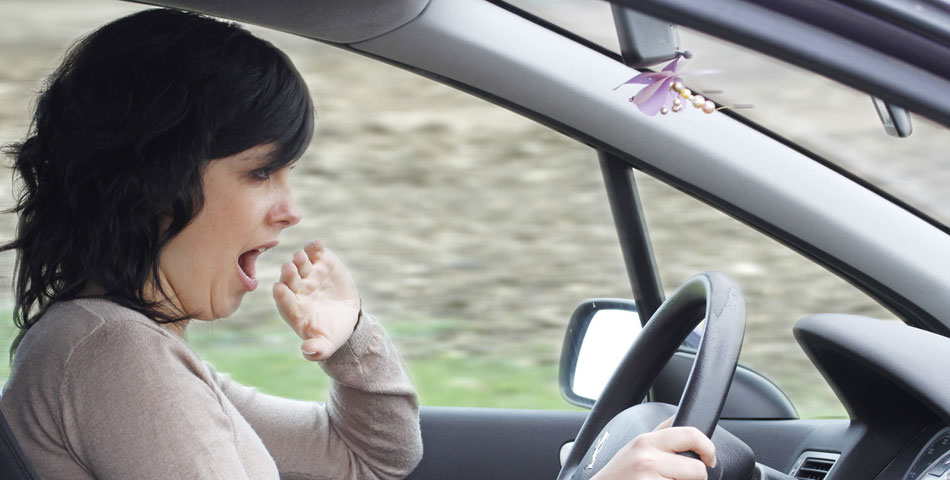-
Join us!
-
Welcome
to SefamPioneer in apnea patient care
-
Welcome
to SefamFrench manufacturer
-
Welcome
to SefamSpecialist in sleep disordered breathing
-
Welcome
to SefamSolutions provider for analysis and monitoring of treatment efficiency
-
Welcome
to SefamDedicated to patients
-
Welcome
to SefamDedicated to healthcare professionals
Sleep Apnea

The Disorder
The Obstructive Sleep Apnea Syndrome (OSAS) is characterized by recurring episodes for at least 10 seconds of upper airway obstruction during sleep. The upper airway closure is either complete (apnea) or partial (hypopnea). These episodes, which are repeated up to several hundred times during sleep, often lead to micro-arousals which substantially alter the quality of sleep. Apneas and hypopneas are almost always accompanied by loud snoring and are a cause of major stress on the cardiovascular system.

Symptoms
It is often the partner of the person with sleep apnea who notices the pauses in the breathing pattern or who is woken up by his or her partner snoring. Other signs are often little-known but indicate OSAS:
- Excessive daytime sleepiness
- Unexplained fatigue
- Impaired memory
- Choking or gasping during sleep
- Night sweats
- Nocturia (frequently needing to go to the toilet at night)
- Morning headaches
- Depression or irritability
- Reduced libido
- Impaired concentration

Consequences
If the disorder is left untreated, sleep apnea affects all aspects of everyday life. Impaired concentration , impaired intellectual performance, problems with mood, excessive fatigue, sleepiness... are all signs of a lack of restorative sleep and disrupt the daily lives of patients who suffer from the disorder.
The consequences of untreated sleep apnea can go far beyond simple disruptions to daily life. Patients suffering from:
- A 15 times higher risk of car accidents
- An increased risk of accidents on the workplace
- An increased risk of cardiovascular events
- An increased risk of obesity and type 2 diabetes

Risk factors
According to the French National Authority for Health, around 4% of the French population suffers from the sleep apnea syndrome, but only 15% is diagnosed. Nevertheless, according to recent studies, these figures are significantly underestimated.
Age is a risk factor for OSAS (30.5% of people over 65 are affected) due to the loss of muscle tone. However, the disorder affects all age groups (7.9% of 20-44-year-olds, 19.7% of 45-65-year-olds).
While overall men are more likely than women to be affected, the difference diminishes after 60 years of age (the distribution is then 2 men for every 1 woman after menopause). Finally, some morphologies or lifestyles particularly increase the risk of OSAS:
- A narrow jaw, prognathism, or a thick tongue
- Being overweight or obese
- Hypertrophy of the tonsils/adenoids in a child
- Alcohol consumption
- Use of sleeping pills
- Sleeping position (sleeping on the back increases the risk of sleep apnea)

Screening and Diagnosis
Polysomnography is the gold standard study for the diagnostic of suspected sleep apnea. Conducted in a laboratory or at home, it provides comprehensive information on the quality of sleep. This technique involves continuously recording and analyzing all variables which provides detailed information on the patient’s sleep state, as well as his or her cardio-respiratory activity throughout the night. This sleep study indicates the severity of the patient's OSA condition.
Nocturnal respiratory polygraphy, which is less comprehensive, involves recording just the cardio-respiratory signals for at least six hours during sleep. The sensors are applied in hospital or at the doctor’s office, but the test is most often done at home.

Treatment
Treatment by continuous positive airway pressure (CPAP) is currently the most effective treatment of OSAS, as its benefits largely outweigh the drawbacks. CPAP consists in blowing air in the airway to restore normal breathing and sleep patterns during the night using a nasal or a full face mask which is connected via a tube to the device. After prescription, the CPAP device is put in place by a home healthcare provider, who plays a key role in patient adherence to therapy and education about the treatment.
As of the first night of treatment, apneas and hypopneas disappear, leading to improved quality of sleep and gradually eliminating difficulties in the patient’s daily life.
A mandibular advancement device (MAD) is an alternative therapy indicated when the sleep apnea disorder is not too severe and when the patient does not suffer from any severe cardiovascular diseases. It is a dental device that holds the lower jaw and tongue forward during sleep.
Surgery is only required for rare cases of anomalies of bone morphology.
Our Solutions
The products developed by Sefam combine all of the French high-precision 'savoir-faire' of our engineers and Medical Advisory Board in order to provide medical devices inspired by medical doctors and home healthcare professionals for a better patient care.
 contact us
contact us